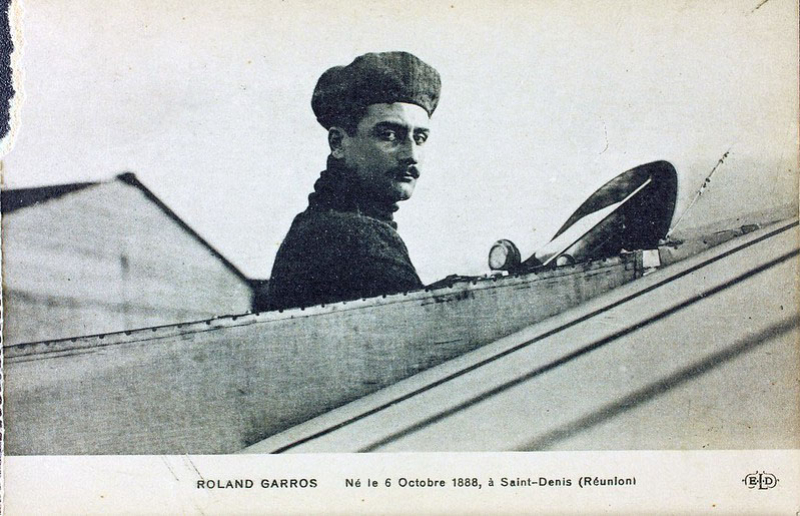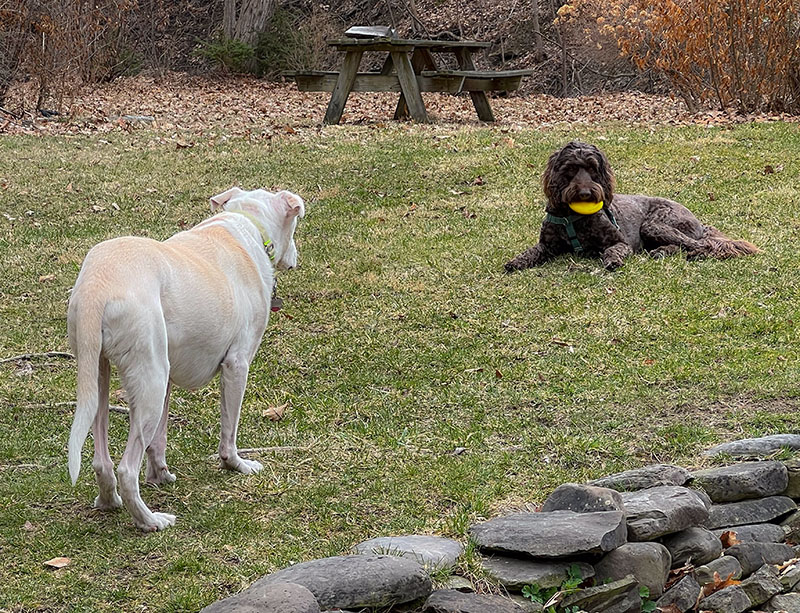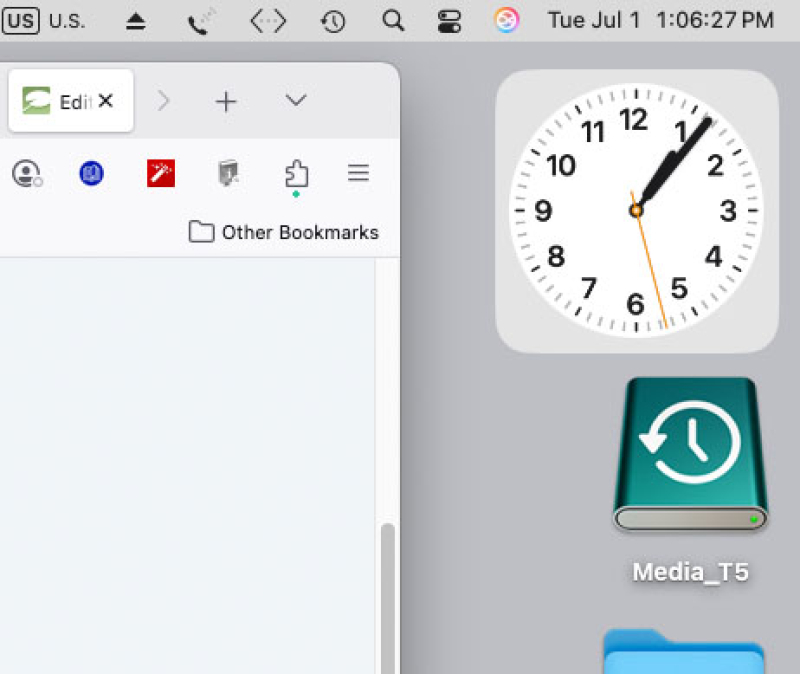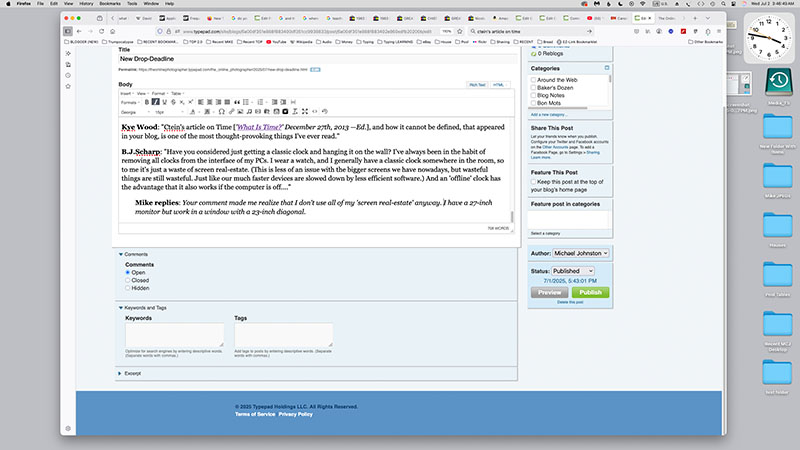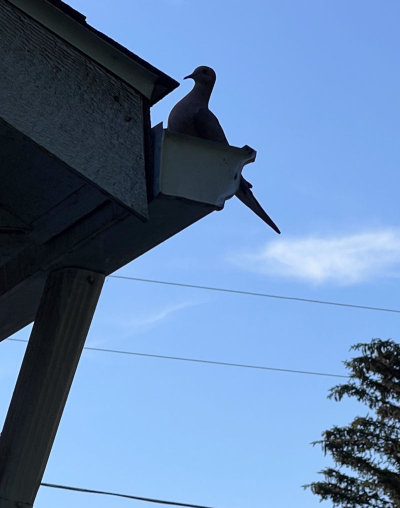I have a Sigma FP-m, which is an FP with a monochrome sensor. It's not factory; I had it modified. Also, I have just one lens for it, a slow 45mm ƒ/2.8 normal lens (I notice the price on that has gone way up recently).
Here are 15 things I like about my camera:
- It isn't like any other camera I've ever used. The one it most resembles in feel and what Erwin called "haptics" is a Bronica 645, though of course it's arranged differently.
- It's manual focus. I had no thought of using it that way when I got it, and even when I first tried it I had no intention of leaving it set that way. I just like it. Since I started using it that way I just never went back. I occasionally set it back to AF, but not very often. Well, I think it's happened twice.
- Focus ring is on the traditional position on the lens. Despite being focus-by-wire it's very smooth and feels great.
- Traditional aperture ring is on the lens.
- It's B&W only. I've written about this till the cows came home, went back out, and came home again. Briefly: I tend to see like a camera sees, and adapt my thinking to what I know the camera's going to give me. So it's actually freeing for me to have a camera that has a stable configuration, that sees only one way. Some people don't even understand this, so to say "their mileage may vary" is an understatement. But that's OK. We're all different. This is what I like, even if you just have to take my word for it.
- The viewfinder is B&W-only too. That's all the camera can see, so there's no color option anywhere in the process.
- The viewfinder is huge. About 1.5x linearly and 2.25x the area of the virtual size of my Fujifilm X-T4 mirrorless viewfinder. That's thanks to Sigma's odd arrangement of a vertical magnifying "stovepipe"-type finder mounted horizontally so that it magnifies the rear viewing screen. The viewfinder gives me a more immersive and immediate sense of the scene the camera is seeing. You know that feeling you get when you can't see everything on the back of a phone when you're trying to shoot in sunlight? It's like the opposite of that.
- When I take images, there's minimal informational clutter in the viewfinder. When I review, I see nothing but the image.
- I keep it in aperture-priority mode always.
- I have it set up so that the index-finger front dial always controls exposure compensation, which is how I prefer to tweak exposure.
- ISO is one button push away, and is then adjusted with the same front dial that controls the exposure comp. One touch of the shutter button and I'm out of that menu and back to the ready state.
- It's silent.
- I can do everything I do on the camera by feel. Don't need to look at the camera for anything.
- The image quality is great. It's not naturally my kind of tonality, but I've a.) learned to modify it toward my tastes and b.) I'm getting more and more accustomed to the way it naturally wants to look. As I mentioned, I tend to learn to see the way the camera sees. I take slightly different kinds of pictures with this camera that I would have taken with, say, a medium-format camera and Tri-X in D-76, but then, it's a different beast. This is about as close as I've been able to come to the look of Plus-X / K2 filter / D-76 1+1. This is more like the files want to look, with depressed mid-tones. Of course digital is fundamentally different from B&W film, because you have to mind the highlights. With B&W film you always had to mind the shadows. From the film world (in my experience, which was pretty extensive) the results from this camera most closely resemble the look of 4x5-inch Ilford HP-5 Plus. Nothing wrong with that.
- The bag I have for it fits it like a glove and is easy to use. It's perfect for the camera. Never underestimate a good bag!
That's pretty much it. Apart from setup, which never changes, those are the only controls I use. Very basic, pretty much like all the autoexposure 35mm film cameras I used to use. Weird that the camera I've found that is the most "film-camera-like" is one designed to be mainly a video camera. But oh well. The only other thing I do when shooting with this camera is that in some circumstances I take the yellow filter off the lens and stash it in my shirt pocket.
Maybe I should add "simplicity" to the list of things I like.
Roads not traveled
My "road not traveled" was that the Pentax Monochrome came out shortly after I committed to getting the FP modified. I do sometimes wonder how my life would have been different if I had gone that way. I would certainly just buy the Pentax if I were doing it now—it's cheaper than my FP-m, for one thing. Leica also makes factory monochrome cameras. I would have gotten the Q3-43 Monochrom*, but I balk at Leica prices. That's just me.
As I sit situated as I am, if you will, with my gear, I would love to pare my kit down to just an iPhone and the FP-m. I'm kind of antsy to do it. The things I need the Fuji for are wide-angle shots with the 14mm lens, and portraits with the 56mm lens. I really can't yet rely on the iPhone for those two things. Although I've gotten some very nice portraits with the iPhone, I've never had one printed, so I don't know how it would do. My next phone is probably the upcoming iPhone 17 Pro Max or equivalent, and I'll be eager to see how it does in those use-cases.
The other day in the "Dedicated Camera" post, Josh Hawkins and several others mentioned that having their big/real/dedicated ILC with them makes them happy and improves the whole experience of where they're going and what they're doing. That's definitely the way it is for me. The dedicated camera makes life better. I really like getting out with the FP-m and doing nothing but hunting for pictures. It gets me into a whole different mindset. And the results can be uniquely gratifying. I wouldn't like to forfeit that.
No way would I be as happy just shooting with the phone...much as I like shooting with the phone.
Mike
*Oh, wait, they don't make that.
P.S. One very important thing I use my iPhone for is reading books. I probably split my reading about equally between the iPad and the iPhone. Having the phone with me when I'm out an about, it's not so important that I have a phone with me, not so important that I have access to the internet, not so important that I have the phone cameras with me. What's important is 1. driving directions, on the relatively infrequent occasions when I need them, and 2. that I have my current book with me. And that I can get and receive texts, but that's a lesser need. Of everything, book reading is No. 1.
Original contents copyright 2025 by Michael C. Johnston and/or the bylined author. All Rights Reserved. Links in this post may be to our affiliates; sales through affiliate links may benefit this site. As an Amazon Associate I earn from qualifying purchases. (To see all the comments, click on the "Comments" link below or on the title of this post.)
Featured Comments from:
Tom Burke: "15 things I like about my camera:
- It’s pretty much the same as all the other Canon cameras I’ve used over the last 30+ years. It’s an old familiar friend who’s learned some new tricks.
- I press this button and it focuses!—which is good, because my eyesight is poor.
- I don’t need to worry about the focus ring…
- …Or the aperture ring.
- Its images are in full, glorious Technicolor!—just like the world, in fact.
- And of course the viewfinder shows me all that colour. Who wants to look at a monochrome version of our beautiful world?
- The viewfinder is big enough to show what I’m shooting, without being awkward.
- Both when I’m shooting or reviewing I can either see just the image or as much extra information as I want—my choice, with a single button.
- I can leave it aperture-priority if I want to (and generally do) but it’s easy to switch to a different mode—just twist a dial.
- I have it set up so exposure compensation is always available on the same dial.
- I don’t change ISO on the fly. Instead, I have specific modes in which ISO behaves differently, and which I use for different types of shot.
- It can be silent if I want it, or I can wake the neighbours with it! My choice, either way.
- The menus are comprehensive and easy to use, and are grouped logically. And the ones I use most are available to me as a separate group of actions.
- I’m happy with the image quality; indeed, on the occasions when I’m not it’ll be my fault.
- Ah, rats: still looking for the right bag!"
Ken Ford: "I never realized the Sigma stovepipe finder worked on the FP—mine came with my DP0. I agree, it’s an immersive shooting experience to the point that I have to be sure I’m not anywhere near where I’ll get clobbered by an unnoticed vehicle. An 'FP-m' is something I would definitely pursue if I didn’t already have two other dedicated monochrome digital cameras. I’ve considered seeing if my old X100s can be converted, though. I’ve found having dedicated monochrome cameras inspire me to shoot more."
MikeR: "I'm tempted to write, 'What I like about each of my 15 cameras.' Except, it wouldn't be honest. Otherwise, why would I have set aside about a half dozen to sell?"
Mike replies: Ah, but do you really want to sell them?
ugo: "You should have seen the jalopy of a camera used by Giacomelli; a Kobell (you never heard of that brand, uh?) kept together with iron wire and black tape; let's say that image quality was not his paramount concern. There is a photograph of Giacomelli sitting on a bench with a woman; as the legend goes, she was a witch who removed a curse from his camera. Did you ever need a witch for your camera? Anyhow, he had a second Kobell for replacement, but he kept it behind a piece of furniture because 'If my camera knew I have a replacement, she would make a tantrum.'"
Mike adds: Here's a photo of Mario Giacomelli and his Kobell.

